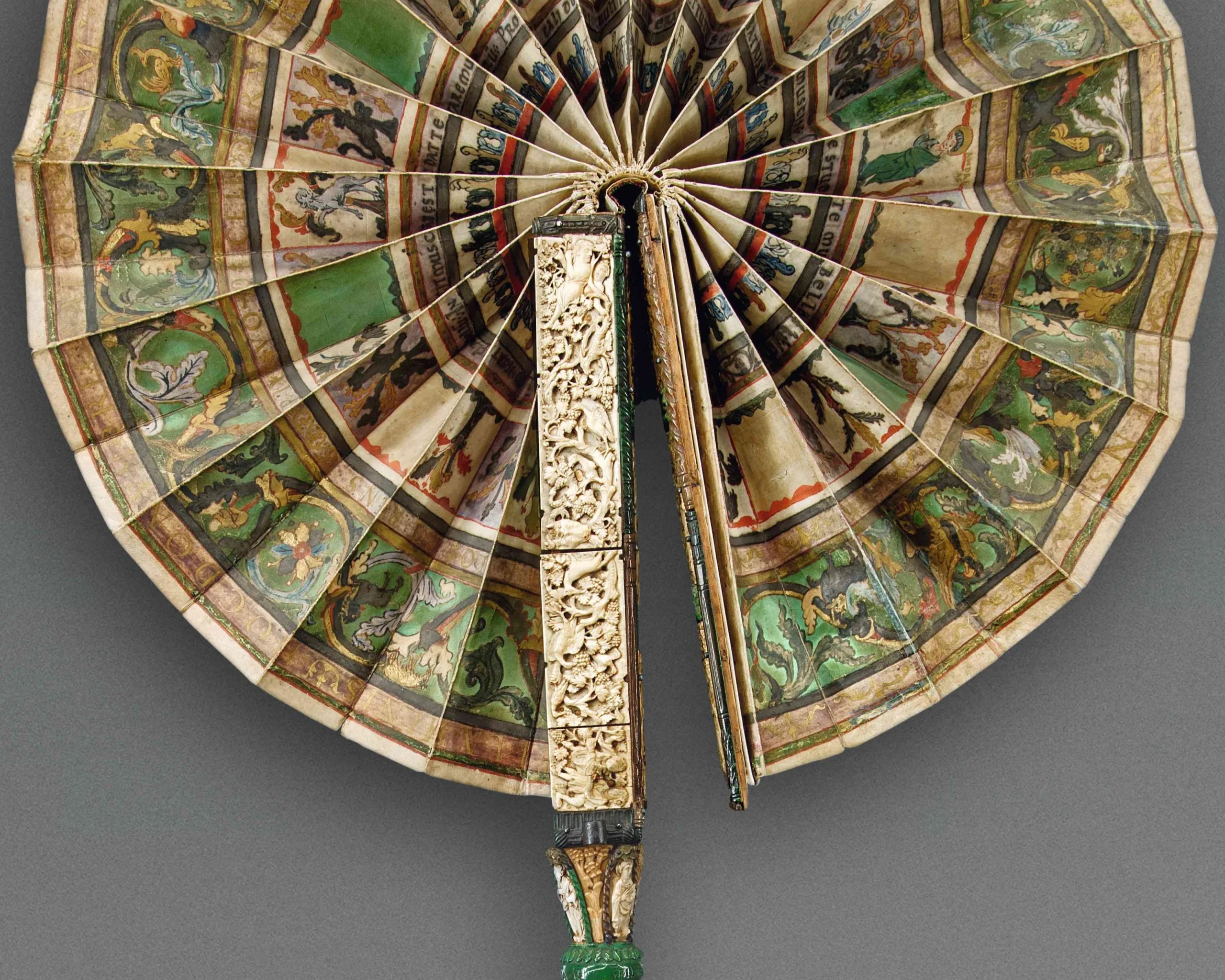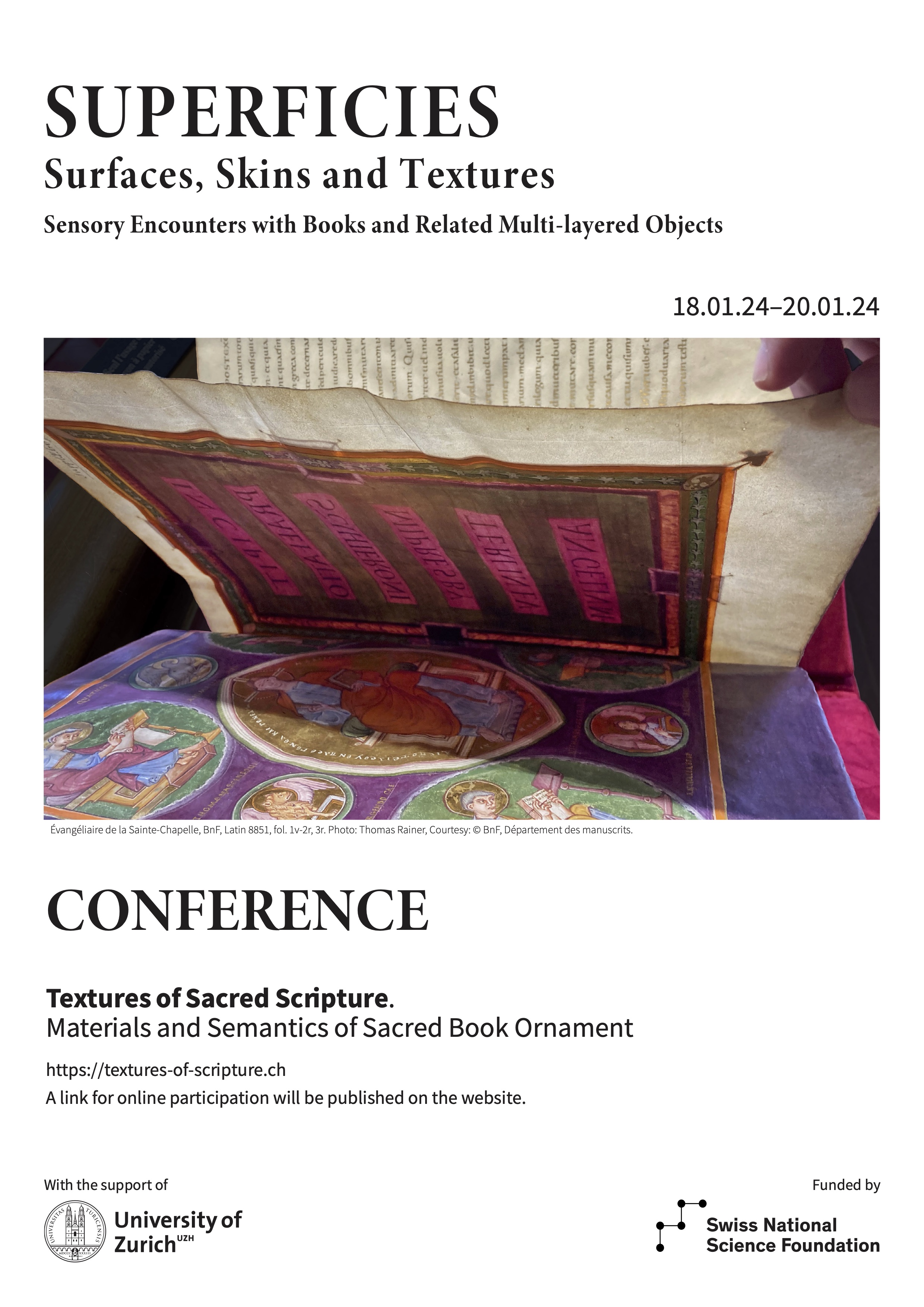Navigation auf uzh.ch
Navigation auf uzh.ch
Im Rahmen der Exkursion «Von van Eyck bis Rubens. Flämische Malerei im räumlichen Kontext» (23. Januar bis 31. Januar 2025) durften wir fünf Städte Belgiens erkunden: Brügge, Gent, Antwerpen, Löwen und Brüssel. Wir freuen uns, einen kleinen Einblick in unsere Reise zu geben und bedanken uns herzlichst für die spannenden Beiträge und Diskussionen.
Lunchtalk „Warum Ökologien vormoderner Kunst?“ mit David Ganz (Universität Zürich), Anna Grasskamp (Universität Oslo), Henrike Haug (Universität Köln), Clara Langer (Universität Lyon/Universität Konstanz) & Christa Syrer (LMU München) am Montag, 10. März 2025, 13:00 - 14:00 Uhr über Zoom (Zugang siehe Dokument). Moderation: Maurice Saß (Alanus Hochschule) & Hui Luan Tran (Universität Mainz).
Ankündigung Lunchtalk UV (DOCX, 15 KB)
Gastvortrag "Handschrift und Hülle. Gebrauchs- und Bedeutungswandel als Überlieferungsfaktoren mittelalterlicher Buchkästen" (Dissertationsprojekt) von Nils Hausmann am Montag, 02. Dezember 2024, 16:15 - 18:45 Uhr, am Kunsthistorischen Institut, im Raum RAK-E07.
Gastvortrag "Maritime Materialien in Objekten des 14.-16. Jahrhunderts. Vier Fallbeispiele mit Korallen- und Perlmuttdekor" (Postdoc-Projekt) von Ella Beaucamp am Montag, 16. Dezember 2024, 16:15 - 18:45 Uhr, am Kunsthistorischen Institut, im Raum RAK-E07.
Vortrag "The Nature of Visual Knowledge. Diagrams Based on Flowers, Trees, and other Botanical Organisms" von Prof. Dr. David Ganz am Freitag, 25. Oktober 2024, 09:45 - 10:30 Uhr, in der Alten Aula in Tübingen.
Flyer_Diagrams in Dialogue_Kongress_Universität Tübingen_Oktober 2024 (PDF, 422 KB)
Sektion Splendor Librorum – das Leuchten der Bücher. Buch, Licht und Bewegung am Mittwoch, 25. September 2024, 13:30–15:00 Uhr, Friedrich-Schiller-Universität Jena, organisiert von Thomas Rainer, Sabrina Schmid und Katharina Theil.
Vortrag "Reflect – Refract – Transform. Bertuccio da Venezia’s Rock Crystal Cross in the Franciscan Basilica di Santa Croce in Florence (c. 1300)" von Lydia Lymbourides, Sektion Goldschmiedekunst und Lichteffekte, Die Manipulation des Schattens, des Diaphanen und des Transparenten, Freitag, 27. September 2024, 11:15–12:45 Uhr, Friedrich-Schiller-Universität Jena.
Vortrag "Anhua zhusi 暗花紵絲 between China and Europe: Monochrome Chinese Satin Damask in the Late Middle Ages" von Mingzhu Lyu, Sektion (Un)sichtbar – Monochrome Textilien im Mittelalter, Freitag, 27. September 2024, 16:45–18:15 Uhr, Friedrich-Schiller-Universität Jena.
Programmheft zum Forum in Jena (25.–28. September 2024) (PDF, 8 MB)
Vortrag "Schreiben in Gold. Der Goldene Psalter von St. Gallen und die karolingische Ideologie der Goldschrift." von Prof. Dr. David Ganz am Dienstag, 24. September, 16:15 - 18:00 Uhr, an der Rämistrasse 69, Raum SOC-F-106.
Flyer zur Ringvorlesung des Zentrums Zürcher Mediävistik im HS24 (PDF, 542 KB)

Vortrag "Die vernetzte Insel. Die ottonischen Prachthandschriften des Klosters Reichenau und ihre räumliche Verflechtung" von David Ganz am Mittwoch, 27. Juni, 18:00 Uhr, im Archäologischen Landesmuseum Konstanz.
Link zur Anmeldung

Workshop "Eco-Art avant la lettre? The Flabellum of Tournus and its Carolingian Environments" von David Ganz am 13. Juni, 17.00–18.30 Uhr via Zoom.
Link zum Programm
Lydia Lymbourides, Veranstaltungsbericht zur Konferenz Superficies vom Januar 2024, in: Medialität. Historische Perspektiven/Newsletter ZHM Nr. 28, 2024. Link zum Veranstaltungsbericht (PDF, 1 MB)
Simon Breitenmoser, Rezension zu: Ulrich Gerster, Die Zürcher Nelkenmeister, in: Medialität. Historische Perspektiven/Newsletter ZHM Nr. 28, 2024. Link zur Rezension (PDF, 9 MB)

Surfaces are boundaries that mediate our sensory interactions with objects. Surfaces reveal, but they also conceal. In traditional aesthetic discourse, their multiple tactile and visual qualities are often contrasted with depth, and in a pejorative sense, superficiality is opposed to inner virtue and an intellectual understanding of things. This stark opposition between outer surface and inner core is put to the test by multi-layered objects such as books. Here, surfaces abound. Once opened, books in codex format display a multitude of layered skins and textures that are essential for the visual and haptic experience of the object in space and time. Perhaps more than other objects, books tangibly embody the complex relationship between surface and depth, through their composition and spatial structure as multi-layered objects. While the surfaces of sculpture and architecture have recently come to the attention of art historians, the surfacescapes – to use an expression coined by the art historian Jonathan Hay – of books and other multi-layered objects have been far less examined.
The conference aims to take a fresh look at the diversity of surface landscapes in books and other multi-layered objects. From the highly valuable vestments that clothe the exteriors of precious books to the parchment skins of their interiors, all layers are the product of diverse surface treatments. Techniques such as coating, polishing, tooling, and engraving determine the visual and haptic qualities of bindings and pages, and are reflected in their textures and sensory qualities.
Topics of particular interest are:
Continue to the program.

Das gemeinsam mit dem Fachverein Kunstgeschichte organisierte Institutskolloquium soll einen Raum bieten, um Ideen zur Künstlichen Intelligenz zu besprechen, einem für die Kunstgeschichte weitgehend neuen, aber künftig sicherlich höchst relevanten Thema.
Link zum Programm (PDF, 634 KB)